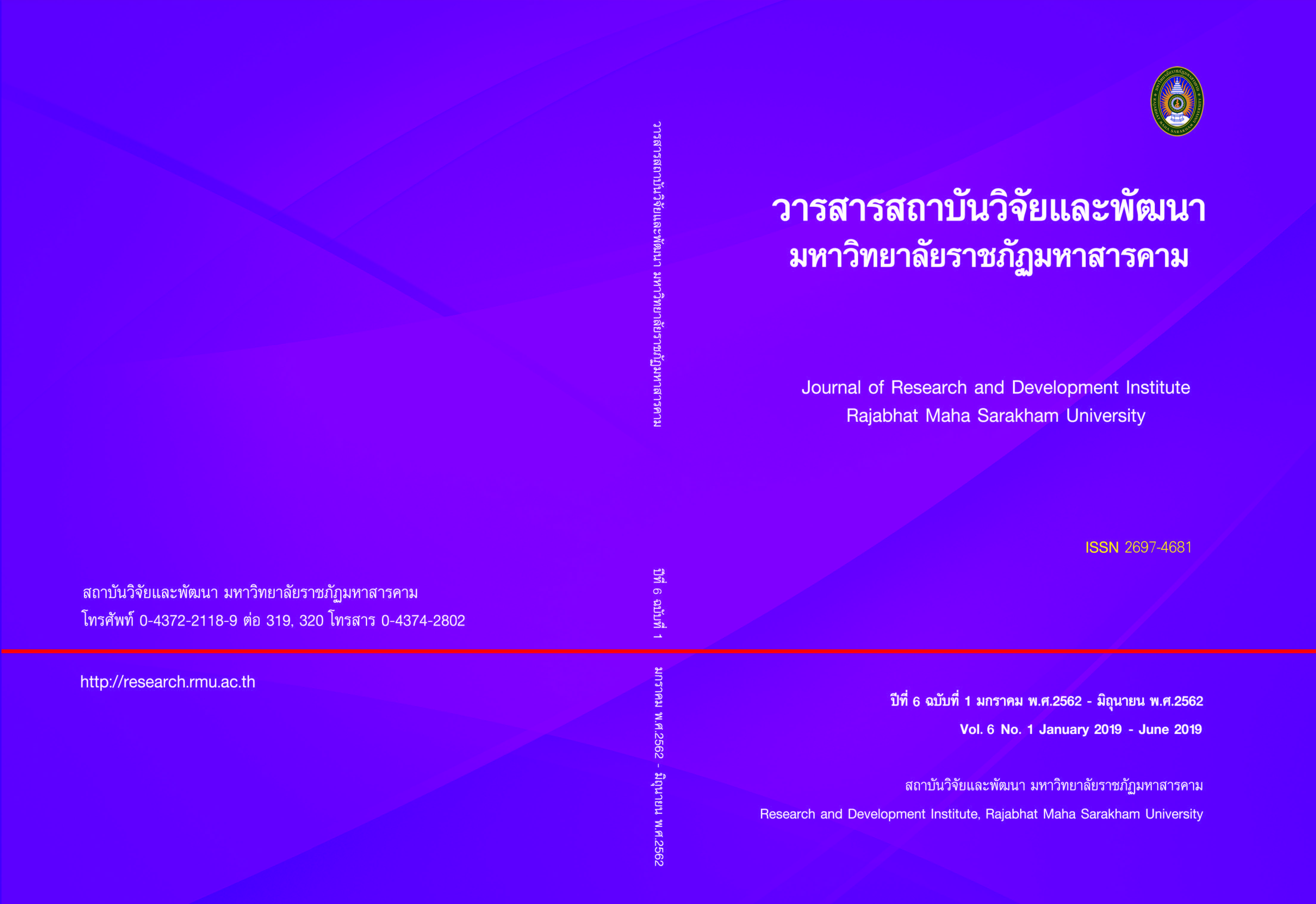The Education’s Philosophy and Logical Curriculum in University of Viet Nam
Keywords:
Education, logical curriculum, course objectives, educational philosophy, Viet NamAbstract
Logic is taught in all colleges and universities in Vietnam with duration of 2 - 4 credits, depending on the discipline. In the academic year 2016-2017, Vietnam has 1,767,879 undergraduate students and 47,800 college students (Ministry of Education and Training. 2017). That means, every year, there are about 600,000 students studying the Logic. A number is impressive. Therefore the influence of the logic in student knowledge is significant. But the first thing to do when designing a curriculum is to define its goal. This goal is determined by the educational philosophy. In this paper, we discuss the influence of the educational philosophy on the development of the logic curriculum. We introduce the main contents of logical curriculum, the influence of educational philosophy on the design of the subject, and the difficulties of students when they study this subject. Finally, we recommend solutions to better teach logic.
References
Ministry of Education and Training. (2017). The numbers "talk" about higher education in Vietnam (in Vietnamese). [Online] https://vietnamnet.vn/vn/giao-duc/tuyensinh/nhung-con-so-biet-noi-ve-giao-duc-dai-hoc-viet-nam-389870.html
Nguyen Huynh Phan. (2007). “The 5-step process for developing curriculum in universities and colleges”. Journal of Science, Quang Binh University, 2 (1), 2007 (in Vietnamese).
V.I.Ki-rinh-lop. (1987). A.A Star-chen-ko. Logic, Moskva, 1987 (in Russian).
Xemtailieu.com. (2017). The university of Technical Pedagogy in Ho Chi Minh City: Application of fuzzy logic techniques to assess students' learning outcomes (in Vietnamese). [Online] https://text.xemtailieu.com/tai-lieu/ung-dung-ky-thuatlogic-mo-danh-gia-ket-qua-hoc-tap-cho-sinh-vien-truong-dai-hoc-su-pham-kythuat-thanh-pho-ho-chi-minh-857789.html
Downloads
Published
How to Cite
Issue
Section
License
Articles that are published are copyrighted by the authors of the articles







